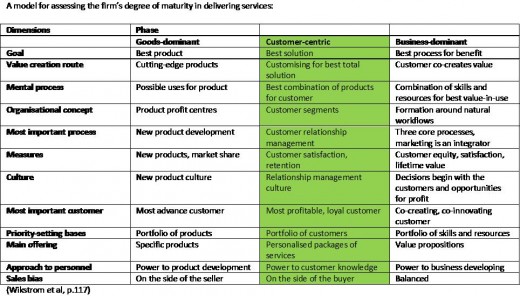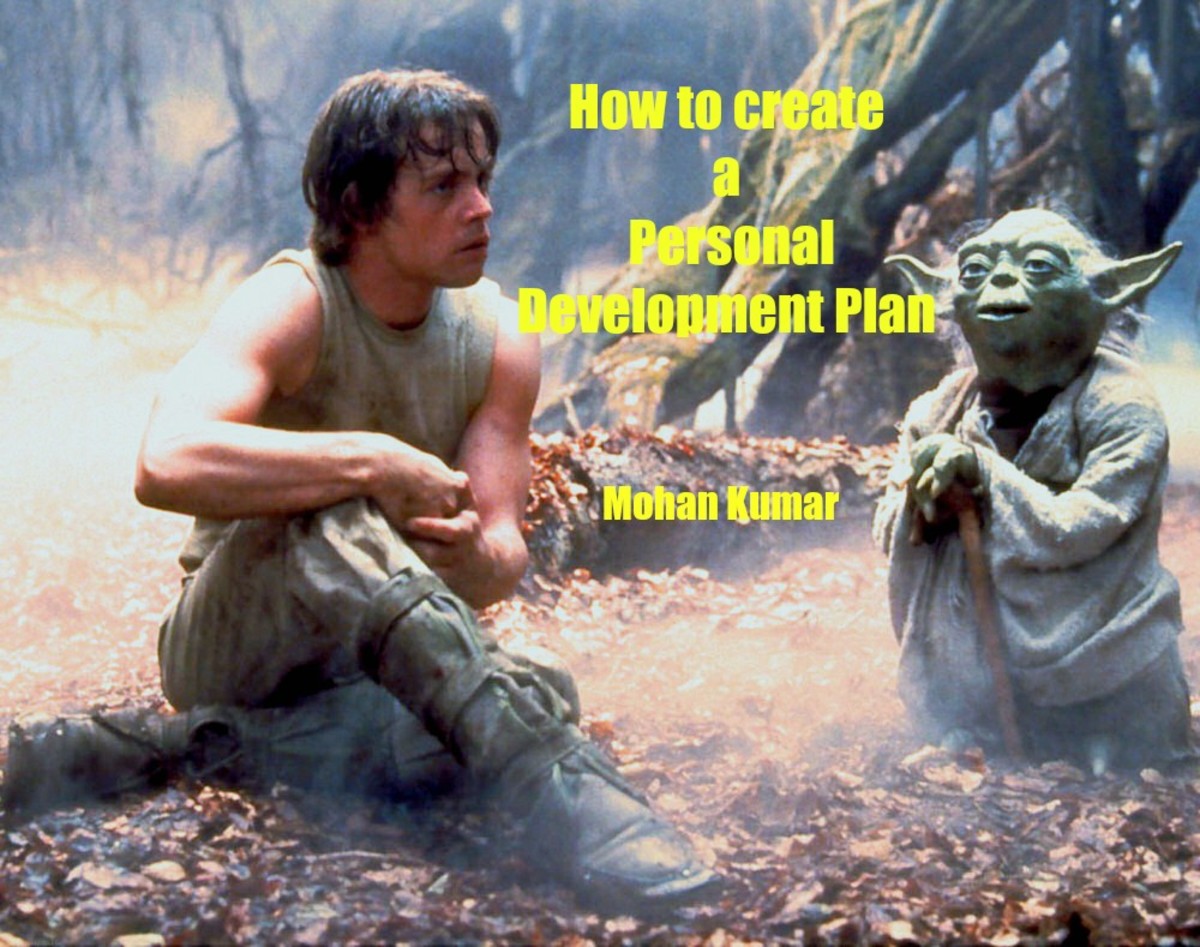24 Hour Retailing - An Academic Review

24 hour retailing is, for some smaller brands, the last piece in the puzzle to becoming a truly customer-centric organisation. Large business has operated 24/7 since the advent of contact centres and there is now a move to emulate this in SMEs.
Modern retailers across the globe have taken on the challenge of 24/7 retailing since the advent of the web. But increasingly there is a trend to allow customers to interact with a person 24/7 with the support of the web, instead of the traditional Monday to Friday business hour operation.
While the web now allows customers to buy anywhere anytime the public now expects to be able to chat with a person in support of the sales or customer service experience.
This paper reviews why businesses are starting to operate 24/7 in support of web with a live person and how this is a growing trend, especially in complex products such as insurance and finance.

Philosophy Behind 24/7 Contact Centre Operations
The literature largely supports the operation of a contact centre in support of web customers and as an extension to customer service for complex products and services.
The first reason that an organisation considers 24/7 operation is usually because the business is customer centric. Truly customer centric organisations ensure that every decision begins with the customer and any anticipated opportunity of advantage (Wikstrom et al, 2008, p.115). If there is enough customer demand combined with a competitive advantage then customer centric organisations will consider 24/7 support to a web channel. This is supported by the 24/7 activity by First Direct and Direct Line in the UK. These brands were the very first insurers to go 24/7 and they gain competitive advantage over other brands that then started to adopt this strategy (Taylor et al, 2002, p.138).
According to Wikstrom et al (p.117) being truly customer centric means - see side panel image.
Is your organisation customer-centric? Is it in the very DNA of the brand. A lot of brands have a mature product in a mature market with the customer at the centre of everything they do. Most new organisations are in the Goods-dominant phase – driving new products and innovation to make profit for the organisation. Some organisations are also not generally Business-dominant, even though we are entering elements of this phase in parts of the business. Being Customer-centric means that we look to customise our products and services to the customer benefit. In this phase it is about serving the customer and providing extra touch points and meaningful products to drive the relationship.
Some departments in our businesses today straddle each stage. New products and services are usually in the Goods-dominant phase, mature products are in the Customer-centric phase, whereas new strategic work can be in the Business-dominant phase. It really depends on the lifecycle of your product and brand to determine which phase you are playing in.
The key for a lot os businesses is to provide the best solution for our customers at the time that they want to do business with you. This has generally meant that the organisation operates a website and some services 24/7, but there is argument that this should also be expanded to other core products and services.
The key reason to have 24/7 support and service for customers is that it enables a customer to buy or to ask questions at any time, wherever they want (Gianforte, 2003, p.81; Duffy & Dale, 2002, p.435; Wikstrom et al, p.116). As we are aware, customers prefer different methods of communication (Gianforte, p.82). We have generally trained them to call during normal business hours. However, with web we are saying to our customers that they can do business when and where they want and they increasingly want to be able to escalate to a human when there is any issue or urgency (Gianforte, p.82). For customers channel harmonisation is becoming a reality where they see business processes, e-commerce and a 24/7 hour contact centre as being crucial to delivering customer centric solutions (Duffy & Dale, pp. 437-8).
As customers are now bouncing between face-to-face, phone, email and web in their interaction with organisations (Gianforte, p.80) there is a need for the contact centre to have visibility of what is occurring and involvement in the process by being available 24/7 to help resolve customer enquiries (Duffy & Dale, p.435). Whenever a customer cannot get a resolution from a web site and are then unable to contact someone it can lead to a confused and frustrated customer (Gianforte, p.80)... and a lost sale.
Summary
Many organisations have already transitioned from a call centre to a contact centre that in order to serve their customers better through managing not only voice calls, but also email and web activity. In the future this will naturally expand to click to call and web chat activity. However, organisations need to consider the impact of 24/7 service to our members outside of special products so that we be available when customers are ready and comfortable to buy. This will allow the organisation to increase sales opportunities and provide a better on boarding for new customers. Research shows that businesses would be able to deliver a higher NPS, increase sales and find competitive advantage through operating their contact centre 24/7 for all products and services.
Cheers Michael
References
Duffy, G. & Dale, BG., 2002, ‘E-commerce processes: a study of criticality’, Industrial Management & Data Systems, Vol. 102, Issue 8, pp. 432-441
Gianforte, G., 2004, ‘The world at our fingertips – How online travel companies can turn clicks into bookings’, Journal of Vacation Marketing, Vol. 10, No. 1, pp. 79 -86
Taylor, P., Mulvey, G., Hyman, J. & Bain, P., 2002, ‘Work Organisation, Control and the Experience of Work in Call Centres’, Work, Employment & Society, Vol. 16, No. 1, pp. 133-150
Wikstrom, K., Hellstrom, M., Artto, K., Kujala, J. & Kujala, S., 2009, ‘Services in project-based firms – Four types of business logic’, International Journal of Project Management, No. 27, pp. 113-122







